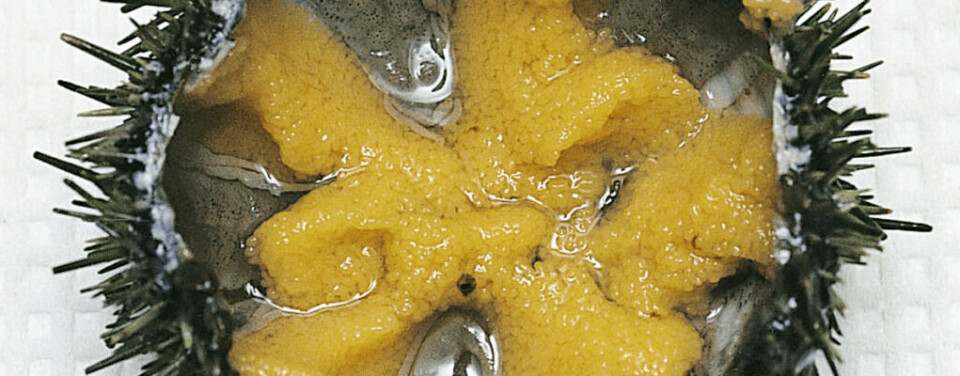
Opening up urchin opportunities
A unique sea urchin feed formula which has been developed by Nofima can now be produced in Australia and New Zealand, following a deal between the Norwegian food research institution and the investment company Kaston International.
The parties have previously entered into equivalent agreements for Japan, Canada and the USA. The feed, which is sold under the brand name Urchinomics, allows wild-caught sea urchins to increase their roe content from 5 to 25 percent in just two months.
The roe can command a good price if it is of the right consistency, colour and flavour. In this respect, Nofima’s feed has performed very well in blind tests. The feed was developed by researchers in Tromsø, Bergen and Ås.
“The licence agreement with Kaston International is important for securing the commercial availability of research that contributes to a more sustainable production of sea urchins,” says Kjell-Åge Rognli, Business Development Manager at Nofima.
Eastern Promise
Since 2014, Urchinomics has been testing the feed in Japan, with promising results, and in 2016 an agreement was entered into with the Mitsubishi Group for the licensed production of the feed in Japan.
The company is now in dialogue with other world-leading feed producers regarding the start-up of licensed production in other parts of the world.
For the time being, the feed is now undergoing testing in several locations in Australia and Canada, and expectations are high that the results will come back positive, allowing for significant activity in these countries.
“With Nofima’s unique sea urchin feed, good relationships and access to the Japanese and Asian markets, combined with a rapidly growing network of breeders, we hope and believe that the new agreement will prove to be a success for both the environment and stakeholders,” says Brian Takeda of Urchinomics.
Environmental consequences
Along large parts of the Japanese coast, sea urchins are seen as a major problem, accounting for substantial environmental consequences. They can become so numerous that they consume entire kelp forests, causing an imbalance in the ecosystem.
One result of this is that the roe content is significantly reduced, decimating the fishermen’s earnings. By catching the urchins alive and providing them with feed, both the roe content and earnings increase. At the same time, the kelp is given a chance to grow back.
“For us, the income is not particularly impressive during the initial years, but if the feed is a success in the international markets, new collaborations would be likely to generate considerable value for licence holders," Nofima and breeders across the globe,” says Rognli.




















































